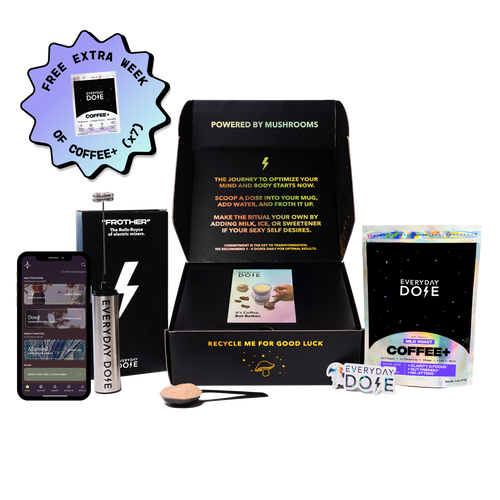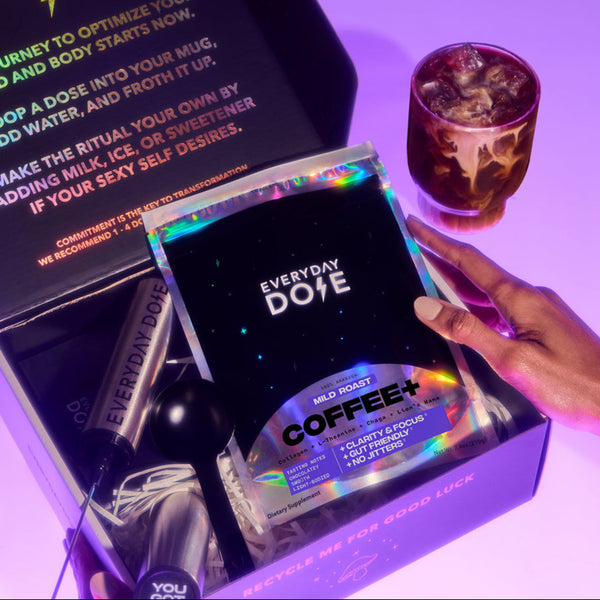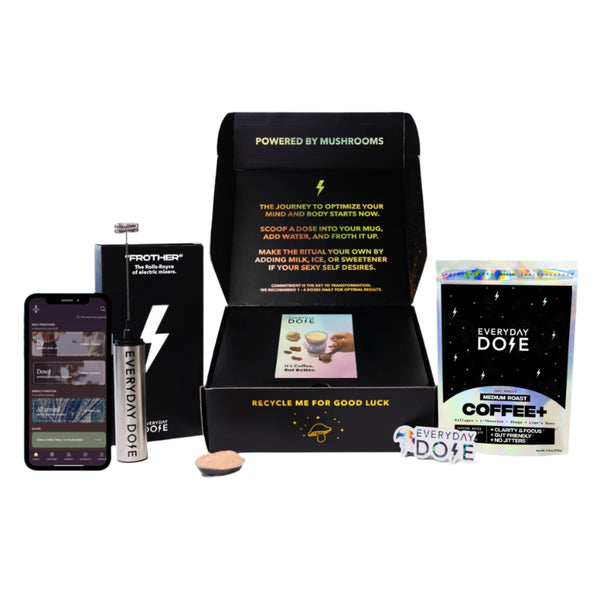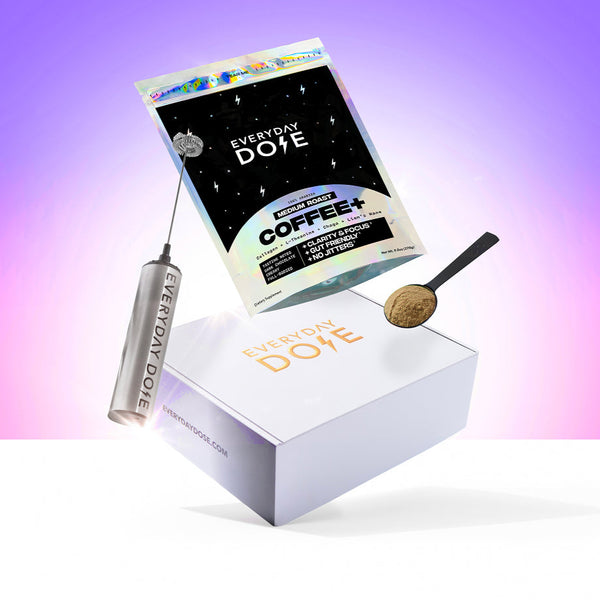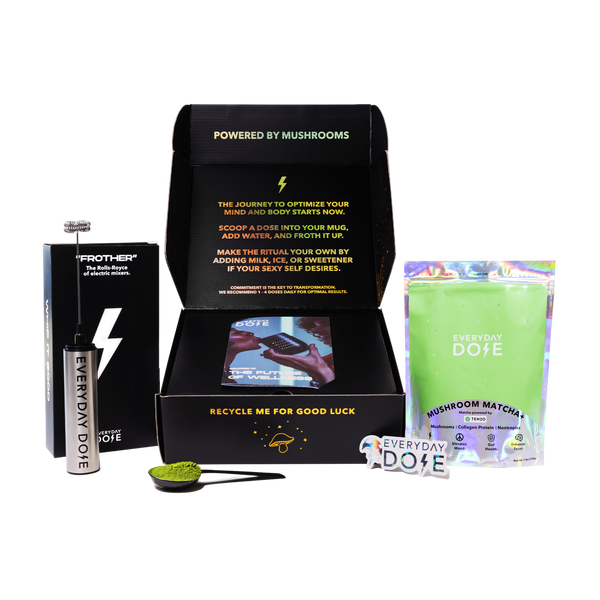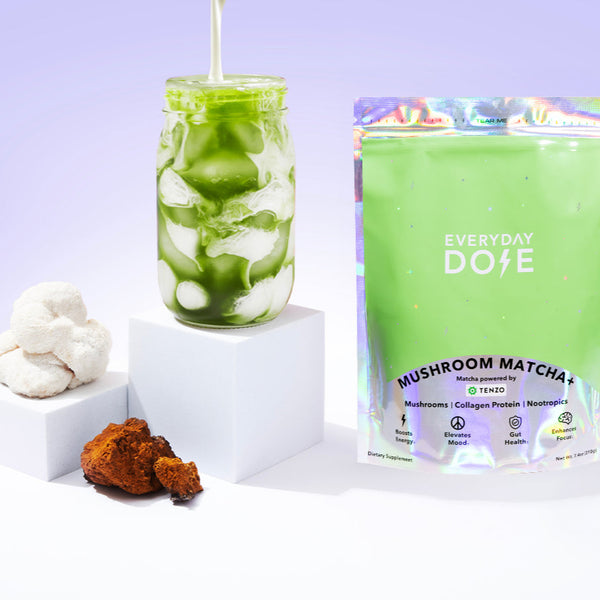Matcha vs. Green Tea: What's the Difference?

We have good news: The matcha craze is here to stay. With all of the buzz around this marvelous mixture, you might have heard it referred to as “matcha green tea.”
Naturally, this might be a bit confusing. Is matcha really made of green tea? If so, what makes it different? We’re here to answer all of your questions and make it clear once and for all.
What Is Green Tea?
Green tea is made from the leaves of the tea plant, known officially as Camellia sinensis. The tea plant is native to China, although it now grows all over the world thanks to modern agriculture.
The leaves of this plant are also used to make black, white, and oolong tea. The type of tea that the leaves become depends on how they are processed once they’re picked. Leaves with high oxidation become black tea, while leaves with low oxidation become white tea. Green tea is somewhere in the middle.
What Is Matcha?
Matcha is also made from the leaves of the tea plant, although it’s processed a bit differently. First, tea plants that are used to make matcha are grown largely in the shade. Shielding the leaves from the sun makes the leaves higher in chlorophyll and L-theanine.
Matcha leaves are also picked during the first harvest of the season, and only the youngest leaves are picked. Older leaves are used to make green tea since they are lower in flavor and caffeine.
The practice of drinking matcha originated in China and was later brought to Japan, where Japanese monks used it to support their ability to meditate. Matcha eventually became a cultural sensation, and soon everyone in Japan was drinking it. Nowadays, matcha has crossed many borders and is now a global phenomenon.
What Are the Main Differences Between Matcha and Green Tea?
You’re probably starting to see a small picture of how matcha and green tea are different. They might come from the same plant, but plants used for matcha and green tea are even grown and harvested differently. Here are a few more key differences between these two types of tea.
Benefits and Composition
By the time it reaches your teacup, regular green tea has lost much of its potency. You can opt for fancy loose-leaf tea that uses the whole tea leaf, but most of the tea that comes in tea bags is made out of small leaf pieces leftover from processing.
On the other hand, matcha is typically held to strict requirements during processing. Even lower-quality matcha is still made of the highest-quality green tea leaves
The benefits of matcha and green tea are similar. Both are high in antioxidants, both contain caffeine, both contain L-theanine (an amino acid that can support mental focus), and both are delicious.
However, matcha is more concentrated than green tea, which means these compounds are also more concentrated in matcha. Think about matcha as green tea with a megaphone. Matcha is also grown specifically to increase chlorophyll and L-theanine content, which gives it even more benefits in these areas.
Preparation
To make green tea, you’ll soak a tea bag containing the green tea leaves in a cup of hot water. The beneficial compounds in the plant leach out into the water, adding flavor and benefits.
On the other hand, matcha is made by grinding the leaves into a powder. This powder is then mixed with water to make the tea.
The main difference here is that when you drink regular green tea, you aren’t actually ingesting the leaves. Meanwhile, when you drink matcha, you’re taking in the full, concentrated power of the tea plant.
Cultural Significance
Matcha is a central part of the traditional Japanese tea ceremony. This ceremony began in the 16th century, and every part of the ceremony is designed to help participants focus on the beauty of the world around them.
During the tea ceremony, participants walk through carefully tended gardens, look at contemplative art, and make matcha using bamboo whisks. The whole ceremony is built around the concept of wabi-sabi. Basically, it’s about appreciating imperfection in art and looking for beauty in rustic or unrefined creations.
How To Drink Matcha
Most people know how to brew a regular cup of tea — just pour hot water over the tea bag and let it sit for a few minutes before removing the bag. But what about matcha?
Matcha is very versatile and there are so many ways to enjoy it. First, you can enjoy it plain by mixing our Mushroom Matcha+ powder with hot water and stirring until it’s dissolved. You can also make concentrated matcha and pour in a milk or milk substitute of your choice to make a delicious matcha latte.
You’re not just limited to drinks, either. Plenty of people incorporate matcha into baking, making yummy treats like matcha cupcakes, matcha ice cream, and even matcha scones. It can even find a spot on your dinner plate if you’re feeling adventurous.
Wrapping It All Up
Matcha and green tea might come from the same plant, but these drinks are totally unique. While green tea is made by steeping dried tea leaves in hot water, matcha is made by mixing ground tea leaves into hot water. With the former, you’re basically drinking tea-flavored water. With the latter, you’re actually ingesting the tea leaves.
Because matcha is more concentrated, the benefits are amplified. Matcha is also grown in a way that increases certain compounds, so it tastes a little different from regular green tea and has slightly different benefits.
If you love matcha, just wait until you discover the power of mushroom matcha. To try it for yourself, give our 30-day Mushroom Matcha+ Starter Kit a shot today.
Sources:
Health Benefits and Chemical Composition of Matcha Green Tea: A Review | PMC
Effects of l-theanine on attention and reaction time response | ScienceDirect
Start your day
The Right Way
